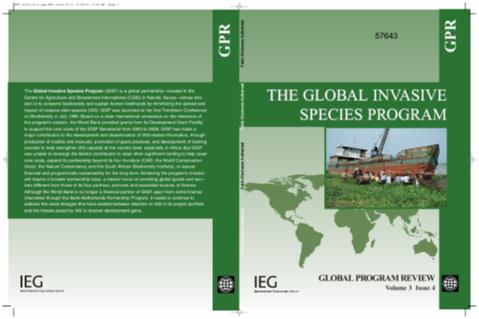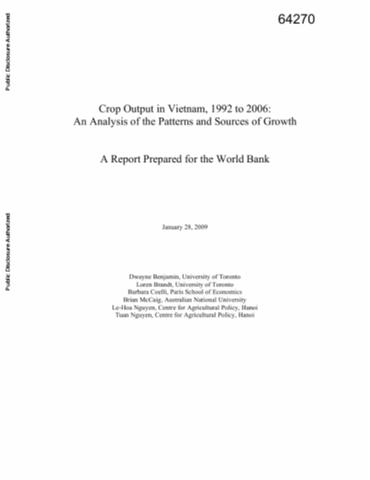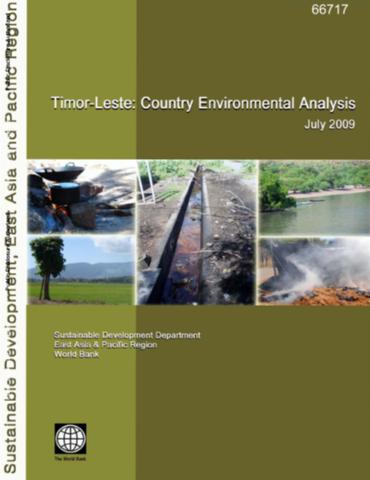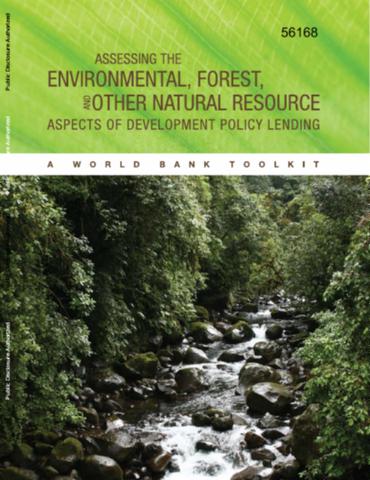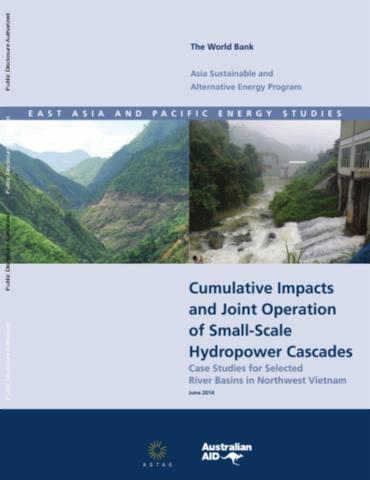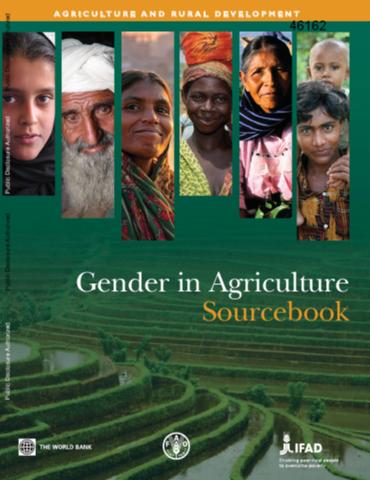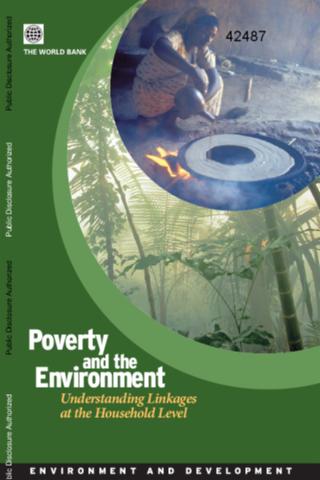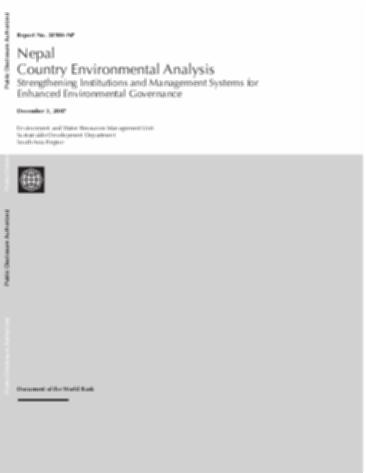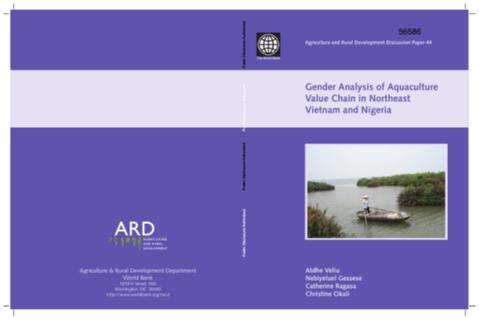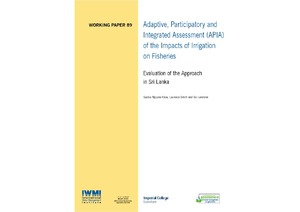The Global Invasive Species Program
The Global Invasive Species Program (GISP) is an independent, not-for-profit association whose mission is to conserve biodiversity and sustain human livelihoods by minimizing the spread and impact of invasive alien species (IAS) and which is presently located in the Centre for Agriculture and Biosciences International (CABI) in Nairobi, Kenya. Its current membership is limited to the four founding members of GISP.

